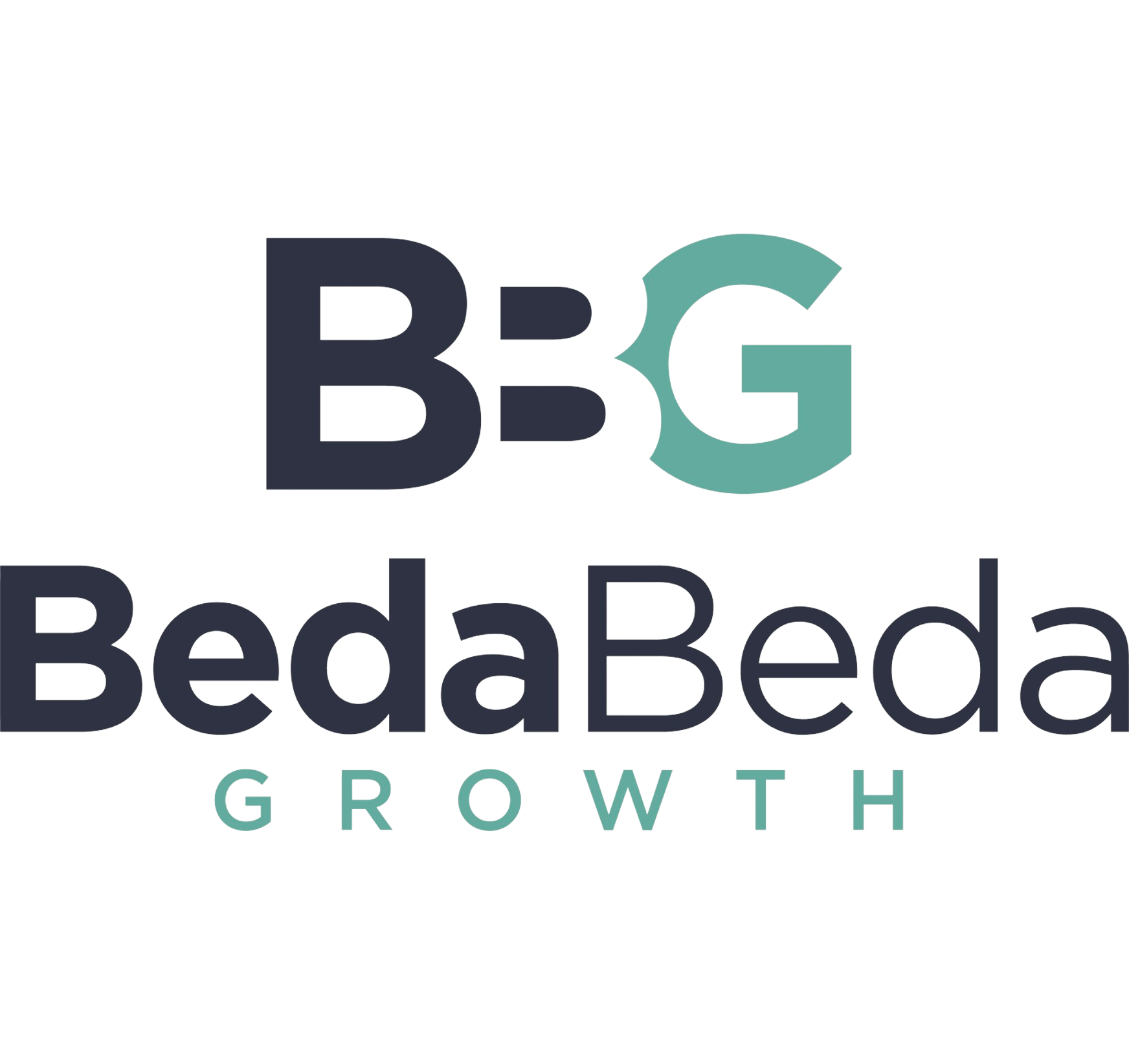Growing a SaaS company can be a bit of a maze. And that’s not just because your growth marketing strategy might be focused on B2B, B2C, or both. It’s because, at core, SaaS companies are selling something more complicated than your average product.
Complicated products aimed at a more complex array of customers don’t tend to go hand-in-hand with conversion rate optimization principles like “clear value proposition” and “low barrier to entry,” and as a result, many SaaS companies can fall into the trap of providing so much information that a customer doesn’t know where to look.

But in the world of CRO, where customers’ eyes go, in what order, and at what time are critical variables that can skyrocket conversion rates and drive sales. So how do SaaS companies wade through the information tsunami to find steady growth?
While the best possible plan of attack for managed growth is partnering with a digital marketing agency (oh, hi!), there are a few tried-and-true adjustments you can immediately make to your marketing strategy that measurably improve CRO and other key metrics for SaaS businesses — without bombarding your potential customers.
Lower the barrier to entry — by a lot.
And the very first barrier most SaaS site visitors encounter? The homepage.
The “Services” page may feel like the hero of the site map for most SaaS companies, but organic traffic to the homepage cannot be underestimated as a key juncture in the conversion funnel. Here’s why: when a visitor lands on a SaaS company homepage, they’re almost certainly in the info-gathering stage.
This is the second step of a traditional marketing funnel, and a fairly low-commitment position for a potential customer.
Attention + low commitment = a critical opportunity to hook a lead
And how do you prevent a visitor from bouncing off the homepage and right out of your funnel? Give them exactly the info they need upfront, and no more. Here’s where the classic visual CRO tricks come into play:
- Keep the CTA above the page fold
- Use bullets, bolding, headers, etc. to break up text
- Know your customer’s primary goal, and drive them to that CTA button

While the Services page will get more technical with the details of a product, the homepage is an opportunity to be aspirational and lead with benefits.
If visitors see a list of 20+ key functions of a product right on the homepage, then clicking “learn more” is a daunting prospect which will rarely drive sales. How much more can there be, right? Keep it simple and compelling.
Reward engagement & show expertise

When you’re buying a waffle maker, you don’t so much care about the level of organization and expertise the company has in kitchen tech, as long as it works.
When partnering with a SaaS company, though, proven expertise is a major part of customer acquisition because what’s being bought is an experience. And your firm already has extensive knowledge and combined experience in your space, so why not put it to work as an inbound marketing strategy?
A common but genuinely effective way to establish authority and reward visitor engagement is free, useful knowledge:
- How-to guides
- Free worksheets
- Free insider tips
- Free demo software
We see this across the board, for example, with every type of digital marketing company: whitepapers, free SEO guides, a blog post with the “Top 10 Sustainable Growth Strategies That Will Triple Your Customer Engagement” if you only enter your email…and so on.
And while it can feel a little saturated in the marketing sphere, these free, authority-establishing resources are sorely underutilized in a variety of other B2B companies — so their potential is not to be underestimated.
Make your flows bite-sized
Testing, of course, is critical here to identifying the customer flows that best drive your business goals — especially because user behavior is often less predictable with SaaS than with traditional ecommerce.
So how do we make that customer journey more measurable and predictable? Break up flows into multiple steps. It might seem counterintuitive, but it’s actually increasing user buy-in.
Longer forms and signup flows are suddenly less intimidating and friction is reduced in the customer experience. Bite-sized actions create a more consistent flow that puts less space between the customer and the next easy CTA: the main goal of all conversion-focused marketing efforts.

Avoid technical jargon (but not for the reason you think)
There’s a key balance to strike between being specific and overly technical here. The reality is that most SaaS businesses have at least 2-3 top competitors that offer very similar services, so a marketing approach can’t be too generalized.
A few differentiators that can help move customers toward action:
- Targeted customer testimonials
- Key metrics & results from users (“creates 30% lift on average”)
- A simple comparison chart between a brand and competitors
Know who’s actually making the calls
The digital marketing strategy for an SaaS company should be based on a deep knowledge of not just a prospective customer’s technical needs, but who’s making the actual decisions in the organization.
If a B2B SaaS company is focusing all its sales efforts towards reaching the technical team members (the ones who will deal with the actual implementation), then they’re making a critical mistake.
Yes, highly targeted jargon will help those technical team members understand exactly what you’re selling, but it won’t necessarily translate well to the higher ups making the buying decisions.

So instead, SaaS companies should focus on creating sales and content strategy that speaks directly to those decision makers’ concerns and interests. This means avoiding technical buzzwords that may sound impressive to some audiences, but ultimately mean nothing to anyone outside IT.
Instead, use terms that speak to ease, productivity, security etc. Leading with ultimate benefits can mean the difference between a confusing, ineffective marketing campaign and one that results in ample sales opportunities and recurring revenue.
SaaS Growth Marketing Takeaways

1) Shorten flows: this makes for easier testing and easier actions on the part of prospective customers
2) Avoid using too much tech talk or jargon: lead with benefits and know the priorities of the decision makers in your audience
3) Build trust by demonstrating expertise: free resources & whitepapers can be valuable tools here
4) Create clear calls to action: don’t assume people want to hear every detail about your services. Make sure every piece of communication has a single purpose and leads back to a single action.
Looking to collaborate with your own expert growth partners and move your business goals forward? Connect with an experienced B2B SaaS marketing agency: get in touch now!

